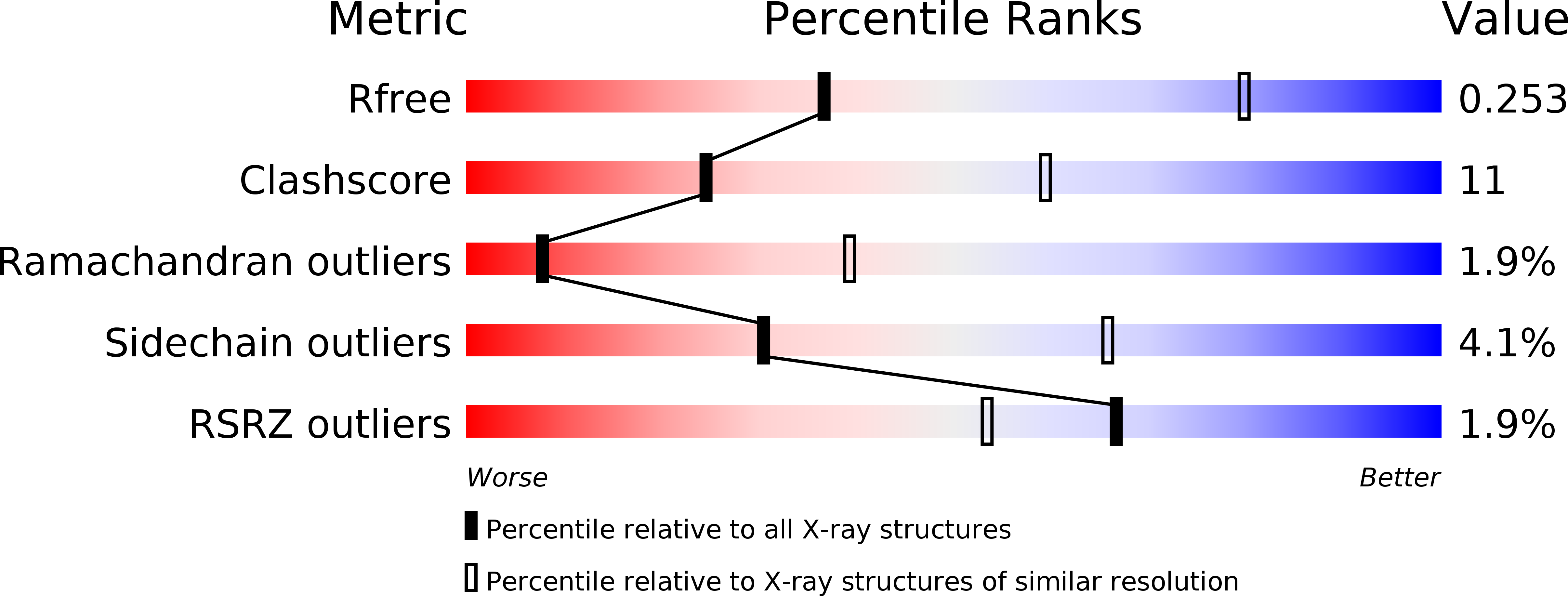
Deposition Date
2005-10-26
Release Date
2005-11-08
Last Version Date
2023-08-23
Method Details:
Experimental Method:
Resolution:
3.20 Å
R-Value Free:
0.26
R-Value Work:
0.24
Space Group:
P 31 2 1


